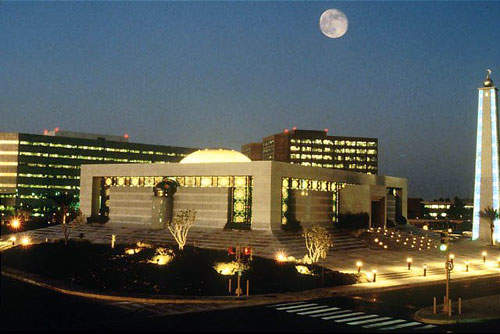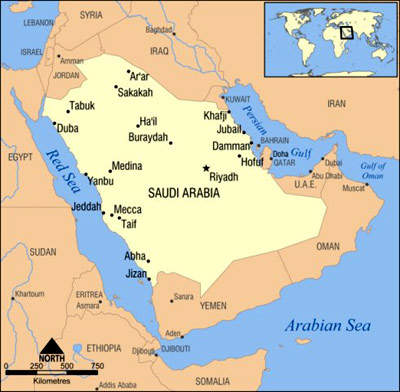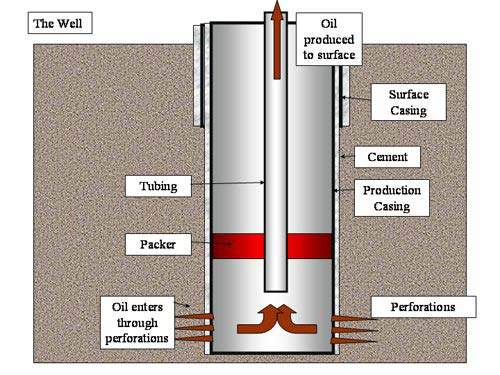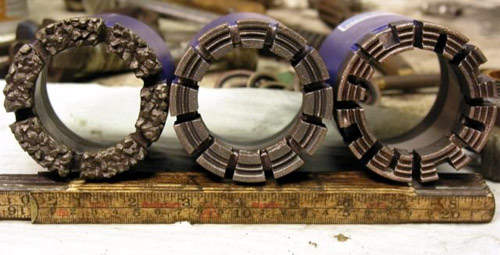The Manifa Arabian heavy crude programme is an offshore oilfield development being undertaken by Saudi Aramco.
The project is part of the development of the Saudi oilfields, which are expected to see an increase in production to over 12.5 million barrels a day from 11 million barrels a day.
Planning for the Manifa project began in 2006 and the front-end engineering and design (FEED) was completed in the third quarter of 2007. Manifa was discovered in 1957 and developed, but was then later mothballed because of the heavy quality of the crude.
The first construction contract was signed in late 2007 and construction was scheduled to begin in the first quarter of 2008. The project, however, was consistently delayed with construction beginning finally in the first quarter of 2010.
The first phase of the project began production in April 2013. The field produced 500,000bpd by July 2013. It will produce 900,000bpd of crude oil once fully completed by the end of 2014.
The project is estimated to cost about $10bn.
The Manifa project
The project involves the development of the Manifa offshore oilfield and the construction and expansion of a new processing infrastructure to handle an additional 900,000bpd of Arabian heavy crude oil. There will also be production of 90 million standard cubic feet per day of sour gas, 65,000bpd of gas condensate, and water.
The processing infrastructure includes a gas-oil separation facility, crude stabilisation units and also additional separators. The project will also involve the expansion of the Khursaniyah gas facility for the sour gas processing requirements (estimated at 120 million cubic feet a day).
Also included in the project is the construction of four on and offshore pipeline networks and a water supply system. The water supply system will be used by Aramco to inject around 1.35 million barrels of acquifer water into the oil reservoir a day to maintain the required pressure for optimum crude oil production.
Much of the heavy oil will be shipped to a new refinery, which will be built at Yanbu on the Red Sea (a joint venture of Saudi Aramco and Conoco Philips). The refinery is intended to produce ultra-low sulphur oil for the US market.
The project will feature 427 drilling islands, 13 offshore platforms, 15 onshore drill sites, water supply wells, injection facilities, multiple pipelines and a 420MW heat and electricity plant, when completed.
Contracts awarded
The FEED and project management services contract was awarded to Foster Wheeler in November 2006. Foster Wheeler’s scope of work includes the FEED for the central processing facility, detail design, ordering of long lead equipment, coordination of the FEED development across the project including the offshore sections and development of the bid package for the engineering, procurement and construction stage.
In January 2008, a contract worth $1bn was awarded to the Belgian dredging contractor Jan de Nul for work on the offshore section of the Manifa project. Jan de Nul built drilling islands (27 drilling production islands and two water injection islands) and a causeway to provide access for the drilling of production wells for the Manifa fields.
The causeway is 41km long. It was opened to traffic in 2010. The structure provides a link from the coastal areas to the offshore platforms, which are in shallow water.
Construction work also included a 3km-long bridge at the southern end of the main causeway and five 180m bridges along with eight banks of culverts spaced out along the causeway.
Dredging work also gave access channels for vessels, cables and subsea pipelines. There are two berthing areas on the main causeway (north and south) with roll-on roll-off facilities for Saudi Aramco vessels.
Saipem will fabricate, transport and install the offshore structures at the field.
Related content
Al Wasit Gas Program, Saudi Arabia
The Al Wasit Gas Program includes the development of Arabiyah and Hasbah gas fields located offshore Saudi Arabia in the Arabian Gulf.
Safaniya Field Upgrade, Persian Gulf, Saudi Arabia
Safaniya oil field, located 200km north of Dhahran in the Persian Gulf, Saudi Arabia, is currently the largest offshore oil field in the world, with 37 billion barrels of oil reserves.








.gif)




